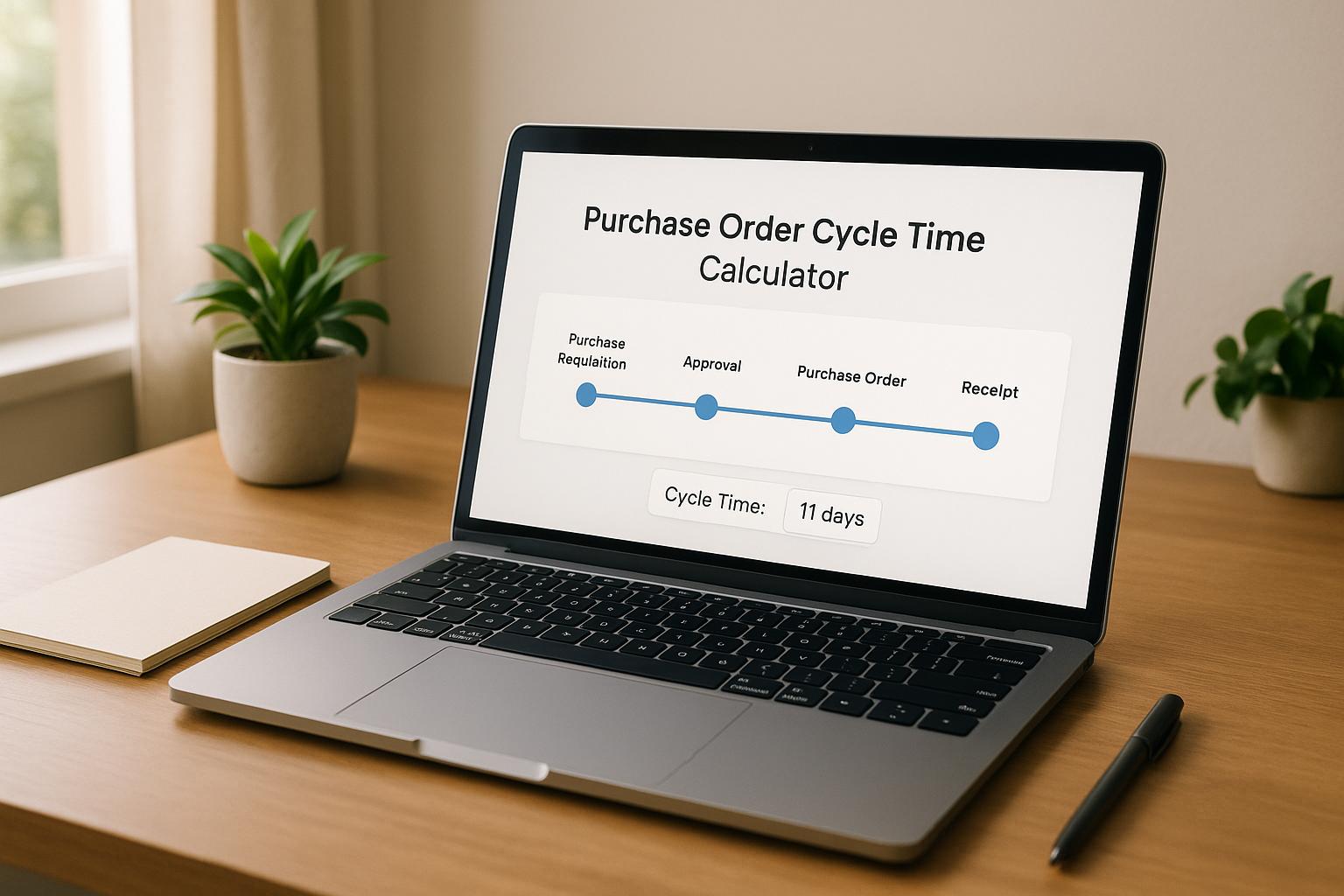How to Use AI in Manufacturing: Digitize to Act
.png?width=50&height=50&name=elizabeth-anderson-square%20(1).png)
How AI is Revolutionizing Manufacturing: Transforming Insight into Action
The manufacturing industry is experiencing a seismic shift, driven by the rapid adoption of artificial intelligence (AI). Where once digitization was considered a luxury or pet project, it is now a core necessity for manufacturers seeking to remain competitive in an increasingly data-driven world. However, the road to effective AI implementation is not without its challenges. From gaining clean, reliable data to embedding AI into workflows rather than merely creating dashboards, the journey requires both strategy and adaptability.
This article explores the key takeaways from a discussion with Radu, founder of Humble Ops, a company redefining AI in manufacturing. Through his insights, we’ll uncover how AI can be practically applied to improve operations, the obstacles manufacturers face in adoption, and the immense opportunities awaiting those prepared to embrace transformation.
The Current State of AI in Manufacturing
A New Era of Practical AI
AI in manufacturing is often associated with futuristic ideas like fully automated factories or advanced robotics. While these innovations are important, Radu points out that the real breakthrough lies in making AI accessible to frontline workers and operations managers. The focus has shifted away from abstract research to practical tools that can deliver measurable results today.
For many manufacturers, the gap between existing operations and AI-driven efficiency lies in data quality. As Radu notes, "The biggest problem manufacturers face is that they don’t have clean, actionable data." Without this foundation, even the most advanced AI tools cannot provide meaningful insights or drive specific actions.
Challenges with Traditional Systems
Historically, enterprise software like ERP or MES systems has struggled to deliver on its promises to manufacturers. Lengthy implementation times, high costs, and limited adaptability have left many companies frustrated. The result? Teams revert to using spreadsheets or paper-based systems, leaving valuable data scattered and disconnected.
Even companies that store large amounts of data often fail to analyze it effectively. Radu highlights this issue: "Many manufacturers have data lakes filled with information, but no one knows how to extract value from it. It’s like having a treasure chest without a key."
The Humble Ops Approach: Digitization as the Foundation

Turning Data into Action
Humble Ops introduces a revolutionary approach: enabling manufacturers to iterate rapidly on custom systems tailored to their specific needs. Unlike traditional implementations that take months or years, Humble Ops uses AI to produce functional systems within 24 hours. This quick-turnaround model allows manufacturers to test, refine, and perfect their processes in real time.
The process starts by identifying the core problems manufacturers want to solve - be it tracking vendor performance, analyzing production efficiency, or improving quality control. From there, Humble Ops helps capture clean data and aligns it with the workflows that matter most to the business.
An Iterative Model for Success
One of the transformative aspects of this approach is its focus on iteration. As Radu explains, "You don’t have to know exactly what you want. Start by testing a system, identify what doesn’t work, and refine it the next day." This agile methodology allows manufacturers to achieve fast, tailored results without the sunk costs and rigidity of traditional systems.
For example, one company used Humble Ops to integrate vendor tracking into their ERP. By collecting data on raw material quality and linking it to production outcomes, they identified patterns that directly impacted product performance. The result? Smarter purchasing decisions and higher consistency in output.
AI Beyond Dashboards: Embedding Intelligence into Workflows
Why Dashboards Fall Short
Dashboards are a common tool in many factories, but their effectiveness is limited. While they provide visibility, they don’t necessarily drive action. "Dashboards tell you what’s happening, but they don’t tell you what to do about it", says Radu.
The real power of AI lies in its ability to provide actionable recommendations and even automate decisions. For example, AI can predict why a specific production line is underperforming, suggest adjustments to improve throughput, or flag vendor delays before they impact production schedules.
The Role of Clean Data
Without clean data, AI cannot perform these advanced functions. Radu emphasizes that digitization is not just about replacing paper processes, but about creating a strong foundation for AI to operate. "You’re not digitizing for humans; you’re digitizing for AI", he explains. This includes capturing not just numbers, but the context around processes and decisions - what some might call the "digital twin" of the factory.
Addressing Common Myths About AI in Manufacturing
Myth #1: AI Will Replace Jobs
One of the most common fears about AI is that it will eliminate jobs. However, Radu sees AI as an enabler rather than a threat. By automating repetitive tasks and providing actionable insights, AI allows workers to focus on higher-value activities. As he puts it, "AI turns people into curators, not coders."
For example, line operators can use AI-generated insights to identify bottlenecks and improve efficiency, rather than spending time manually tracking performance metrics.
Myth #2: AI Isn’t Ready for Prime Time
Another misconception is that AI is still in its infancy. While early versions of tools like ChatGPT had limitations, the technology has evolved rapidly. Modern AI systems can now tackle complex tasks like analyzing production trends, identifying patterns, and generating solutions - all at a scale and speed that traditional methods can’t match.
The Road Ahead: Opportunities for Transformation
The Next Two Years in Manufacturing AI
Radu predicts that the next two years will be pivotal for manufacturers who embrace AI. As tools like Humble Ops become more widely available, even small and mid-sized businesses will be able to streamline operations and unlock new efficiencies. The focus will shift from simply collecting data to using AI to take meaningful action.
One of the most exciting opportunities lies in customization. Manufacturers no longer need one-size-fits-all systems. Instead, they can build tailored solutions that meet their specific needs, whether that’s tracking vendor performance, improving uptime, or optimizing production schedules.
The Call to Digitize
Despite the rapid advancements in AI, many manufacturers are still hesitant to digitize their operations. Radu offers straightforward advice: "Start now. Digitization is no longer optional - it’s the foundation for everything AI can do."
Even if companies don’t know exactly how they want to use AI, beginning the process of data collection and documentation is a critical first step. With rapid iteration cycles now possible, manufacturers can adapt and refine their systems as they go.
Key Takeaways
- Clean Data is Essential: AI cannot function effectively without accurate, reliable data. Manufacturers must prioritize digitization to lay the groundwork for AI success.
- Iterative Implementation Works: Rapid, 24-hour iteration cycles allow businesses to refine systems quickly and cost-effectively, avoiding the pitfalls of traditional long-term projects.
- AI Enhances, Not Replaces: AI empowers workers by automating repetitive tasks and providing actionable intelligence, enabling them to focus on higher-value activities.
- Customization is the Future: Manufacturers can now build specialized systems tailored to their unique needs, rather than relying on rigid, one-size-fits-all solutions.
- Begin Today: The rapid pace of AI development means manufacturers must start digitizing now to remain competitive. Even starting with simple data collection can pave the way for transformative insights.
A New Frontier for Manufacturing
The intersection of AI and manufacturing marks a pivotal moment for the industry. As Radu eloquently puts it, "For the first time in history, we are automating knowledge." By digitizing operations and embracing tools that embed intelligence into workflows, manufacturers can achieve levels of efficiency, quality, and agility that were previously unimaginable.
The future of manufacturing belongs to those who act decisively, embrace change, and harness the power of AI to drive their businesses forward. For companies ready to take the leap, the opportunities are boundless.
Source: "Beyond Buzzwords: Practical AI in Manufacturing, with Radu Spineanu of Humble Ops" - Veryable, YouTube, Aug 19, 2025 - https://www.youtube.com/watch?v=4r_q8qAV5yo
.png?width=50&height=50&name=elizabeth-anderson-square%20(1).png)

